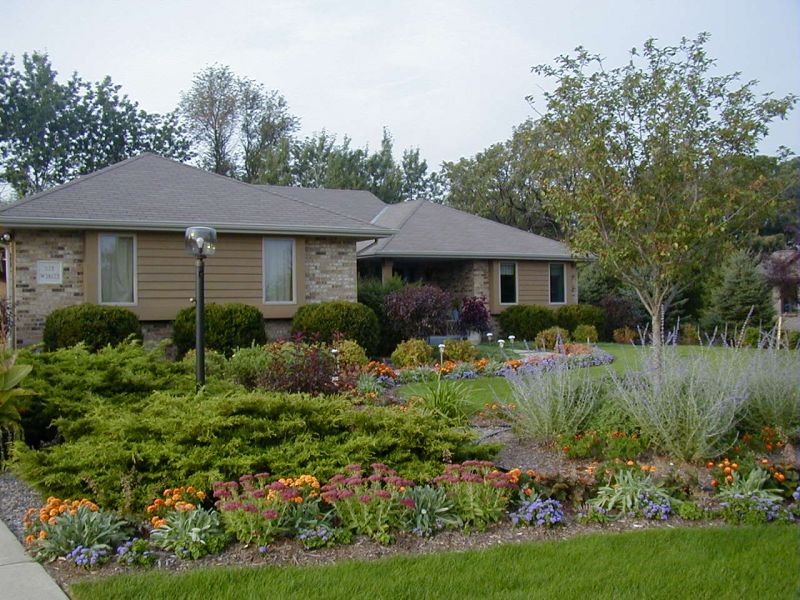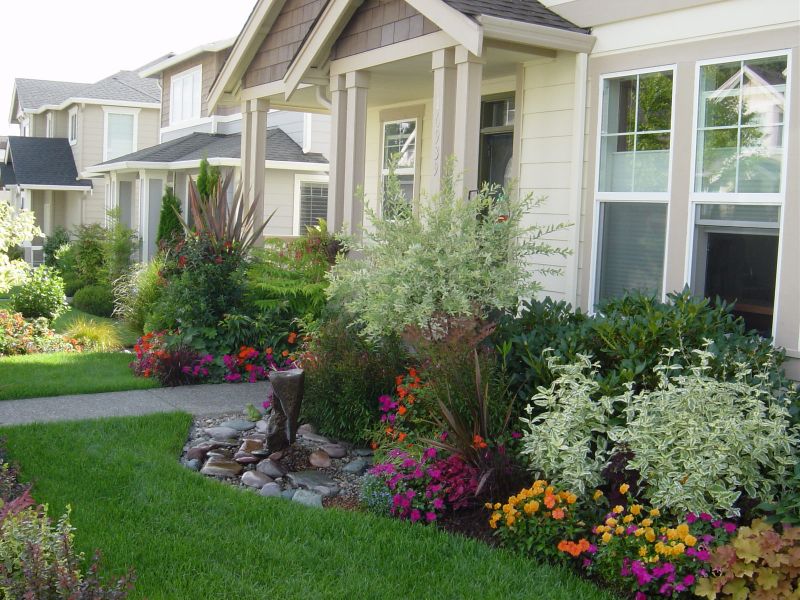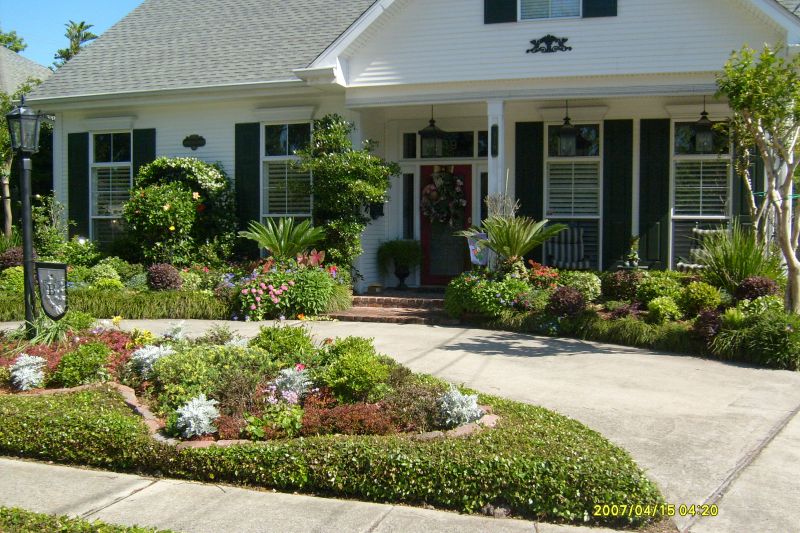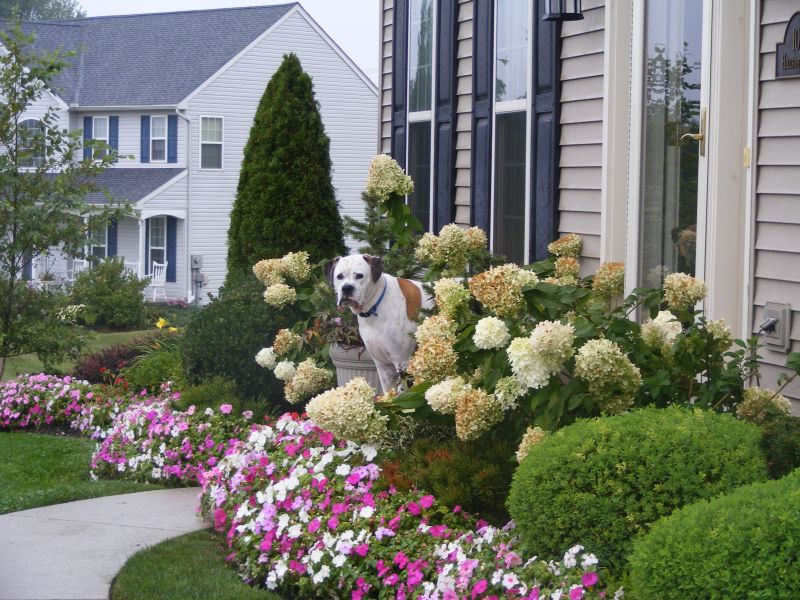When was the last time you stood on the street and took a good long look back at your house? The front yard is the statement you make to the rest of the world; is it saying what you want it to?
For some, a front foundation (that narrow band of ground that surrounds the house itself) isnt worthy of a lot of thought and planning. Youve no doubt seen houses whose foundations are dotted with a straight line of just one type of perfectly-rounded shrub. Maybe a dozen or more boxwoods, trimmed into spheres that line the entire home, and nothing else. Professional landscapers call them meatballs. Or that long, solid, unbroken evergreen hedge that hugs the entire perimeter of the house? Thats a meatloaf.
And believe me, theyre not terms of respect and admiration. If you have meatballs or meatloaf in your yard, maybe its time to rethink your front foundation planting scheme.
Some foundations of foundation plantings:
- Use tall anchor points: Typically, start with the corners of the house. Theyre great spots to use tall specimen trees or shrubs. Consider using the same plant (usually an evergreen) on both corners of the foundation, like bookends. Something with height. This stops the viewers eye from wandering off to your neighbors yard. It frames your house like a picture.
Check out these yards by cusoli and Duce:
Use slightly shorter anchor plants to strategically accent certain architectural features: on either side of the front door or entryway, that tricky spot where the house meets the garage, or that big blank space between some windows or at a chimney.
- Connect the dots: Fill in the spaces between the anchor points with lower shrubs. Again, evergreens work best here to provide a year-round foundation. But dont fall into the meatball trap. Pull those plants out away from the house a bit, stagger their placement, and give them some room in between. And mix up your varieties. What goes just inside the left anchor plant doesnt have to be the same thing that goes just inside the right anchor.
- Think about height: Check those tags to see how tall these back-row plants will get. You probably dont want to put a group of shrubs that reach 10 feet tall right below your 6-foot high window. Pick varieties that will max out right around the windows bottom edge.
- Layering: Heres where the meatball crowd really misses out. Work your way out into the yard with more plants in front! Its a simple concept, but youd be amazed at how many people blow this opportunity. Pick shrubs that will stay shorter than your back row. Use color; the back row is usually green, so nows a great time to bring in your favorite flowering plants.
Heres some nice layering by Lark:

- More layering: How low can you go? Dont stop with that second layer. Go all the way to the grass with a third layer of really low-growers right down in front. This layer of annuals or groundcovers will really help make the visual transition from the plants in the beds to the lawn or sidewalk. Again, go for bursts of color and really cool textures, even fragrance. These are the plants closest to the traffic areas, so use things that will jump out and be appreciated.
Christina Salwitz has it figured out:

- Bloom times: A great garden changes with the seasons. Plan your foundation so you always have something in bloom. Dont pick a yardful of plants that all explode for three weeks in spring and then just sit there fading into the background for the other 11 months.
Here are some great colors from Sally Bourgeois:

This kind of year-round blooming flies in the face of that monotonous meatball look, and will have neighbors noticing your house and your front foundation landscape over and over throughout the year.


